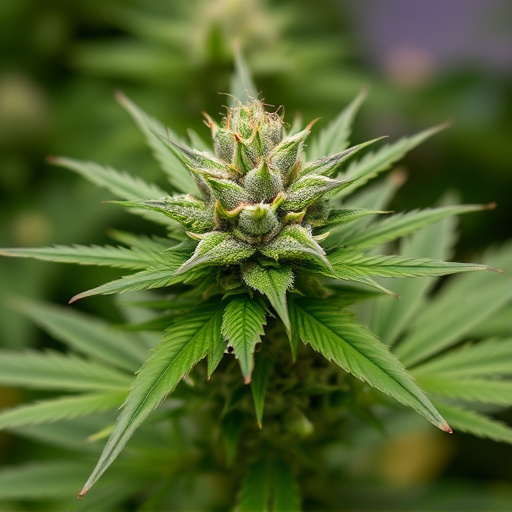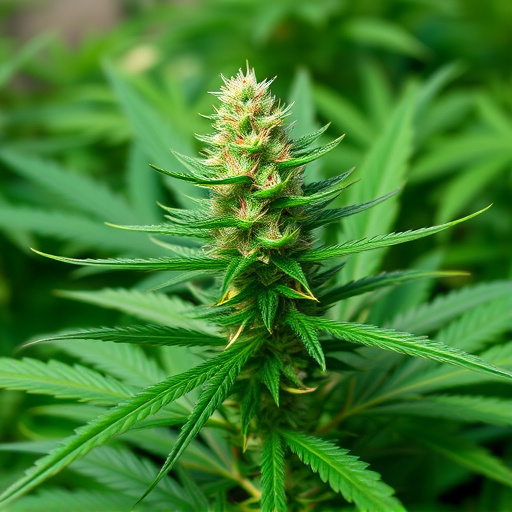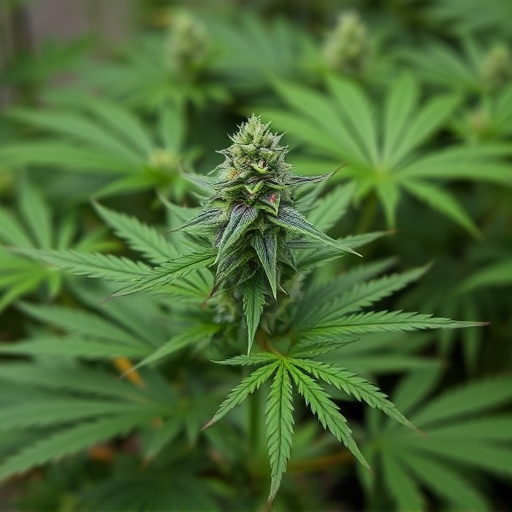Terpenes, aromatic compounds in cannabis, are key to the plant's unique characteristics and potential therapeutic benefits, often overshadowed by cannabinoids. These compounds create diverse scents and flavors, with specific terpenes like myrcene and limonene linked to relaxation, stress relief, and mood enhancement. Understanding terpenes empowers consumers to choose cannabis strains tailored for conditions like migraines, enabling a personalized and informed therapeutic approach.
“Unlocking the power of terpenes reveals a hidden layer in the cannabis experience. These aromatic compounds, often overlooked, play a pivotal role in shaping the plant’s unique properties and its interaction with our bodies. In this article, we delve into the world of terpenes, exploring their significance in cannabis flowers and how they can offer profound benefits, particularly for managing migraines. From understanding these unsung heroes to discovering specific strains and consumption methods, gain insights into maximizing your cannabis routine.”
- Understanding Terpenes: The Unsung Heroes of Cannabis
- – What are terpenes?
- – Their role in cannabis plants and effects on the human body
Understanding Terpenes: The Unsung Heroes of Cannabis
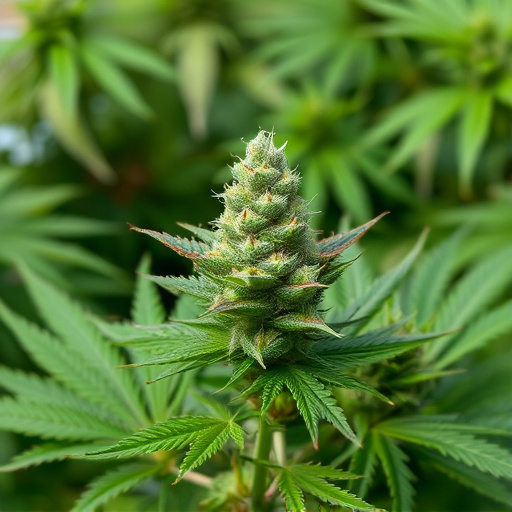
Terpenes, often overshadowed by their more popular counterparts, cannabinoids, are the unsung heroes of the cannabis plant. These aromatic compounds, responsible for the unique scents and flavors we associate with different cannabis strains, play a crucial role in the overall experience and potential therapeutic benefits. Beyond their contribution to the sensory appeal, terpenes have been gaining significant attention for their potential medicinal properties, especially in the context of cannabis strains for migraines.
Each terpene offers distinct characteristics, ranging from soothing and relaxing to energizing and uplifting. For instance, myrcene is known for its earthy, musky aroma and is often linked to promoting relaxation and relieving stress, making it potentially beneficial for managing migraine-related anxiety. Limonene, with its citrusy notes, has been studied for its ability to enhance mood and provide mental clarity. Understanding these terpenes and their interactions with cannabinoids can help consumers make informed choices when seeking cannabis strains for migraines or other specific therapeutic effects.
– What are terpenes?

Terpenes, often referred to as the “aromatic compounds” of plants, are a diverse group of volatile oils responsible for the distinct flavors and fragrances we associate with various cannabis strains. These natural chemicals not only contribute to the unique scent and taste profiles that make different cannabis varieties appealing but also play a significant role in its potential therapeutic effects. When it comes to cannabis flowers, terpenes interact synergistically with cannabinoids like THC and CBD, creating what is known as the entourage effect, which can enhance or modify the overall experience of using cannabis for various purposes, including alleviating symptoms associated with conditions like migraines.
In the context of cannabis strains for migraines, specific terpene profiles have been linked to reduced pain and inflammation. For instance, myrcene, a common terpene in many cannabis varieties, is known for its sedative and anti-inflammatory properties, which can help relax muscles and ease headache pain. Limonene, with its bright citrusy aroma, has also demonstrated potential in reducing stress and anxiety levels, contributing to migraine relief. Understanding the terpenes present in different cannabis strains allows users to make informed choices based on their specific needs, whether it’s managing chronic pain or seeking a more relaxing experience to alleviate migraines naturally.
– Their role in cannabis plants and effects on the human body
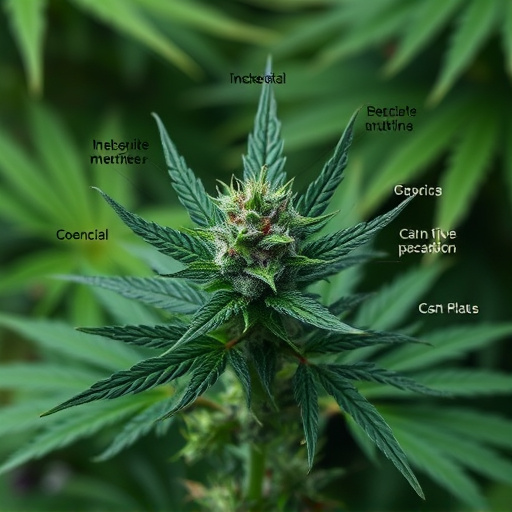
Terpenes, often referred to as nature’s essential oils, play a pivotal role in cannabis plants. They are aromatic compounds that contribute significantly to the unique flavour and scent profiles we associate with different cannabis strains. Beyond their contribution to aroma, terpenes also serve as a defence mechanism for the plant, protecting it from pests and diseases. In the context of cannabis for medicinal purposes, terpenes interact synergistically with cannabinoids like THC and CBD, modulating their effects on the human body.
For instance, some terpenes are known for their relaxing and sedative properties, making them potentially beneficial for managing stress and improving sleep quality. Others have anti-inflammatory and analgesic effects, which can be advantageous in treating conditions such as migraines. Research suggests that specific cannabis strains high in certain terpenes can offer tailored relief for various ailments. Therefore, understanding the terpene profile of a strain is crucial for those seeking natural remedies, especially when considering cannabis strains for migraines or other chronic pain conditions.
Terpenes, often referred to as the unsung heroes of cannabis, play a pivotal role in the overall experience of cannabis flowers. Beyond their contribution to the unique aroma and flavour profiles of different strains, terpenes offer therapeutic benefits, including potential relief from migraine headaches when incorporated into specific cannabis strains. Understanding the intricate relationship between terpenes and cannabinoids is essential for both consumers seeking natural remedies and researchers exploring the full potential of cannabis in various medical applications, such as managing migraines.


